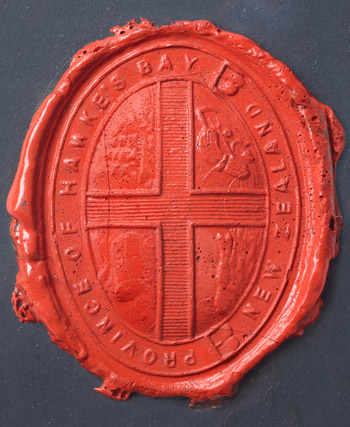Story summary
Crown colony
In 1840 New Zealand became a British colony. At first it was part of the colony of New South Wales, but it soon became a colony in its own right. It was ruled by a governor who was appointed by Britain.
The role of the colonial government was to govern British settlers, and also to protect Māori from the settlers. The settlers wanted the government to encourage development and further immigration, and they also wanted to acquire Māori land.
Provincial government
In 1846 New Zealand was divided into two provinces – New Munster (Wellington, the South Island and Stewart Island) and New Ulster (the rest of the North Island). Both were supposed to have their own parliaments, but the New Ulster parliament never met, and New Munster’s met only once.
A new British law in 1852 divided New Zealand into six provinces: Auckland, New Plymouth (later renamed Taranaki), Wellington, Nelson, Canterbury and Otago. Each had an elected council, and was led by an elected superintendent. Other provinces were later set up, in Hawke’s Bay, Southland, Marlborough and finally Westland.
There was also a national government, which had an upper house (the Legislative Council) and a lower house (the House of Representatives).
Māori governance
There were a number of plans to create a system to govern Māori, but most of them were never set up. In the early 1860s a short-lived system saw government officials work with Māori, but this was ended by the outbreak of the Waikato war in 1863.
War, debt and isolation
The national government and provincial governments borrowed money for development and to fund wars. Some provinces got heavily into debt.
Provinces were quite isolated from each other and it took a long time to travel between them. Some provinces, such as Otago, were richer than others and wanted to be separate from the rest of the colony so they could spend the revenue they generated. Others, such as Auckland, wanted separation because they felt their interests were being overlooked by the national government.
Centralisation
In 1865 the national capital moved from Auckland to Wellington, which was closer to the centre of New Zealand. From 1858 there was a uniform postal system throughout the country, and the North and South islands were linked by telegraph in 1866. Provinces became less isolated from each other.
Abolition of provincial government
In 1875 Parliament decided to abolish the provincial governments, and they came to an end in 1876.





